
The Phantom Riders is a 1918 silent American Western film directed by John Ford and featuring Harry Carey. The film is considered to be lost.

The Scarlet Drop is a 1918 American silent Western film directed by John Ford and featuring Harry Carey. For several decades, just over 30 minutes of footage of the film was thought to have survived in the Getty Images Archive. In January 2024, academic film historian Jaime Córdova Ortega found it at an abandoned warehouse in Providencia, Chile, discovered a complete version. It was later digitized, and screened at the Valparaiso Recovered Film Festival, organized by Córdova Ortega.
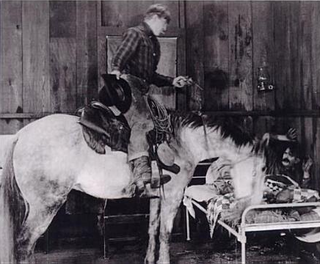
Hell Bent is a 1918 American Western film directed by John Ford and featuring Harry Carey. A print of the film exists in the Czechoslovak Film Archive.

Three Mounted Men is a 1918 American silent Western film directed by John Ford and featuring Harry Carey. The film is considered to be lost.
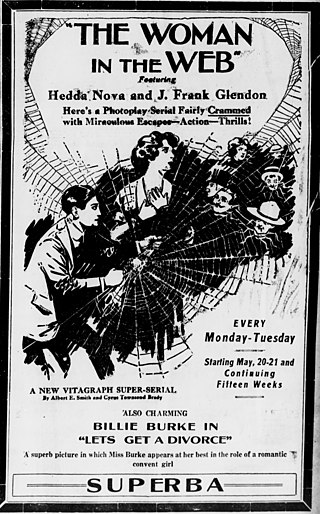
The Woman in the Web is a 1918 American drama film serial directed by Paul Hurst and David Smith. It was the 9th of 17 serials released by The Vitagraph Company of America. This World War I period serial about a Russian princess and the overthrow of the Tsar introduced the concept of the Red Menace to serials. The serial is now considered to be a lost film.

The Mystery Ship is a 1917 American adventure film serial directed by Harry Harvey and Henry MacRae. The film is considered to be lost.

The Brass Bullet is a 1918 American silent adventure film serial directed by Ben F. Wilson. It is now considered to be a lost film.

The Bull's Eye is a 1917 American film serial directed by James W. Horne. It is now considered to be a lost film.
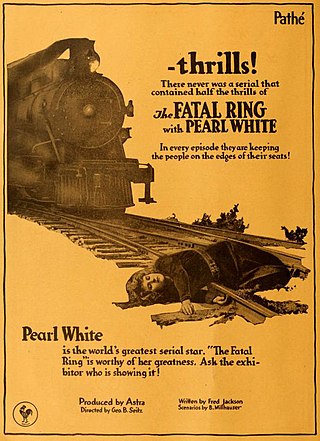
The Fatal Ring is a 1917 American action film serial directed by George B. Seitz. Silentera.com reports that the UCLA Film and Television Archive may have a complete print. A deteriorating fragment roll containing a scene is discovered in France by Australian filmmaker Robert Hoskins in 2021 who then scanned it and uploaded it to his YouTube channel.
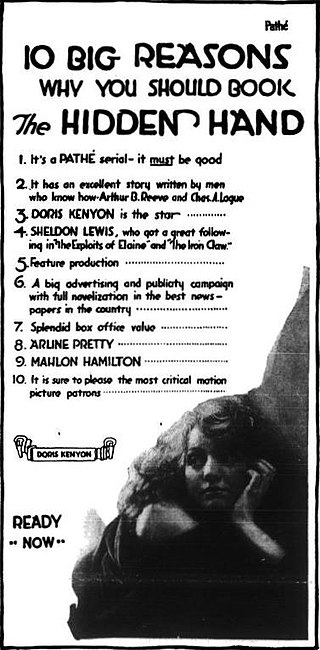
The Hidden Hand is a 1917 American film serial directed by James Vincent. This is a lost serial.

The Seven Pearls is a 1917 American silent action film serial directed by Louis J. Gasnier and Donald MacKenzie. Fragments are held by the Library of Congress.

The House of Hate is a 1918 American film serial directed by George B. Seitz, produced when many early film studios in America's first motion picture industry were based in Fort Lee, New Jersey.
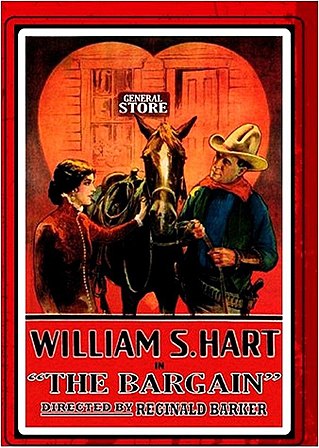
The Bargain is a 1914 American silent Western film starring William S. Hart. It was the first feature film starring Hart, who would go on to become the most popular Western actor of the silent film era. In 2010, it was one of the 25 films added to the National Film Registry of the Library of Congress for being "culturally, historically or aesthetically significant." The second Hart Western to be named to the National Film Registry, The Bargain was said to have been selected because of Hart's charisma, the film's authenticity and realistic portrayal of the Western genre.
The Man From Montana is a 1917 silent black and white film directed by George Marshall. It stars Neal Hart and George Berrell. It is not known whether the film currently survives, which suggests that it is a lost film. The film should not be confused with the 1941 film Man from Montana.
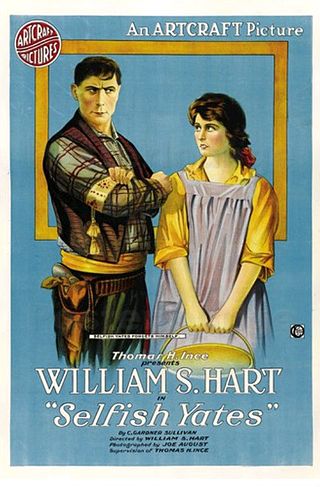
Selfish Yates is a 1918 American silent Western film starring William S. Hart. It was directed by and co-produced by Hart along with Thomas H. Ince. Paramount Pictures handled distribution.
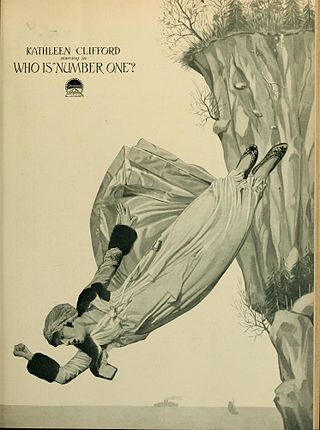
Who Is Number One? is a 1917 American silent mystery film serial directed by William Bertram and written by Anna Katharine Green. The film stars Kathleen Clifford, Cullen Landis, Gordon Sackville, Neil Hardin, Bruce Smith, and Ethel Ritchie. The film serial was released on October 29, 1917, by Paramount Pictures. It is presumed to be a lost film.
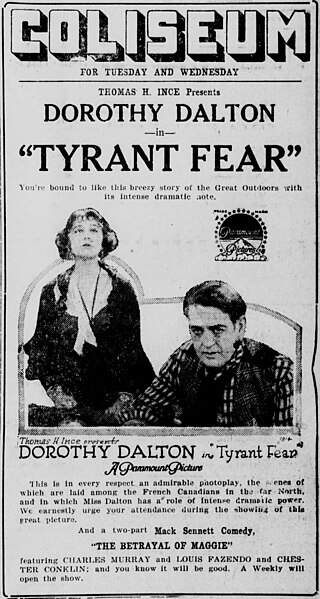
Tyrant Fear is a 1918 American silent drama film directed by Roy William Neill, written by R. Cecil Smith, and starring Dorothy Dalton, Thurston Hall, Melbourne MacDowell, William Conklin, Lou Salter, and Carmen Phillips. It was released on April 29, 1918, by Paramount Pictures. A print of the film is held by the Library of Congress.

The Silent Man is a 1917 American Western silent film directed by William S. Hart and written by Charles Kenyon. The film stars William S. Hart, Vola Vale, Robert McKim, Dorcas Matthews, J. P. Lockney, George Nichols, and Gertrude Claire. It was released on November 26, 1917, by Paramount Pictures. The movie premiered in Los Angeles at Sid Grauman's Million Dollar Theater.
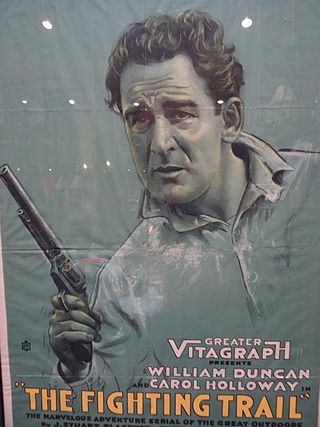
The Fighting Trail is a lost 1917 American silent Western serial film directed by and starring William Duncan. It was produced and distributed by the Vitagraph Company of America. It was released in 15 chapters.

The Gun Woman is a 1918 American silent Western film directed by Frank Borzage and starring Texas Guinan. It was produced and distributed by the Triangle Film Corporation.



















